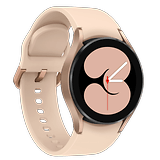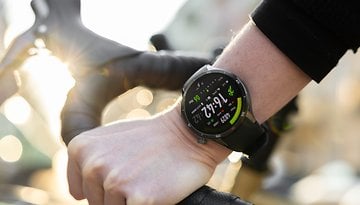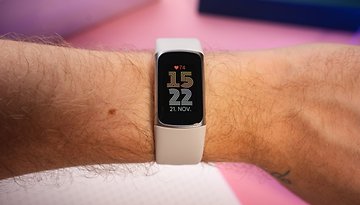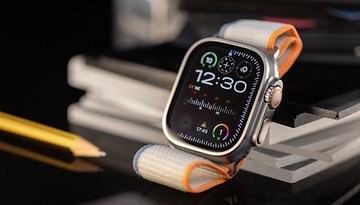Samsung Galaxy Watch 4 (Classic) hands-on: Does it work with Google?
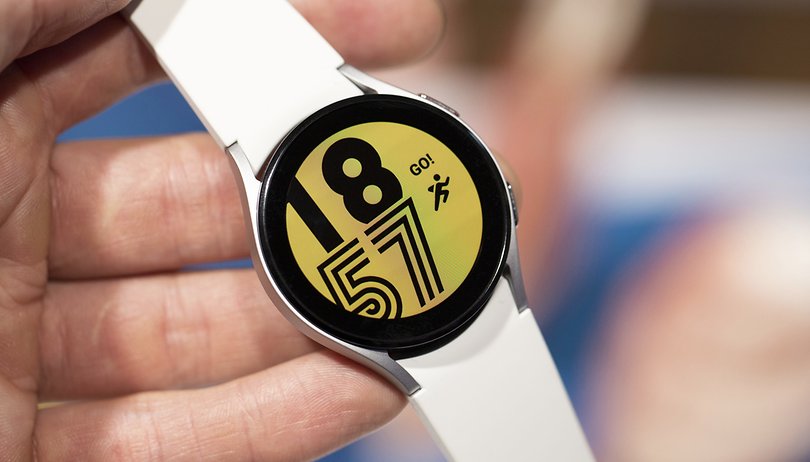

The new Samsung Galaxy Watch 4 (Classic) brings profound changes with its release. It is the first Samsung smartwatch to use Google's Wear OS. Apart from that, there are also other exciting innovations that concerns the sensor technology. These timepieces in the Watch 4 series are capable of measure your body fat composition and along with it, offer plenty of other functions while looking dead serious.
Good
- Seamless connectivity between watch and smartphone
- Very good AMOLED display
- Beautiful user interface
- Compact, lightweight, and high quality build
- ECG, pulse, pulse oximeter, blood pressure, body composition sensors
Bad
- Battery life is rather short
- Some tracking features work only with Samsung devices
- Not compatible with iPhones
- Only 7.6 of 16 GB of memory is usable
- No Qi wireless charging support
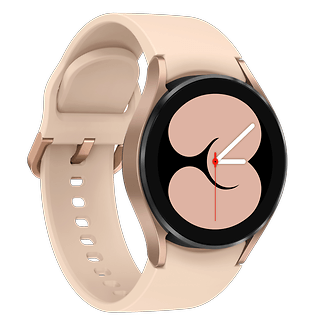
Design and display
Just like last year, the Galaxy Watch 4 will arrive in two versions, although they differ only in terms of looks and operation. The cheaper "Galaxy Watch 4" that does not come with any suffix relies on an aluminum case and does not have a rotating bezel. Instead, there's a virtual bezel, which I'm not too comfortable with since it does take some getting used to.
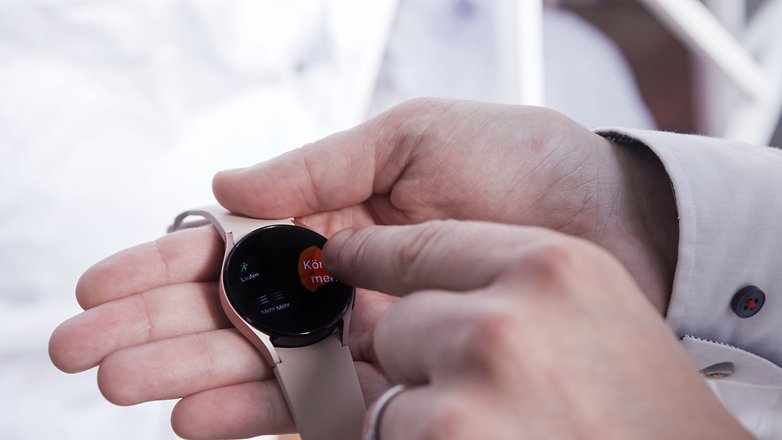
As for the Galaxy Watch 4 Classic, it offers a much more stately presence around the wrist with its stainless steel case while tipping the scales at 46.5 or 52.0 grams, depending on the size you choose. Never mind that the Classic timepiece looks more premium: both smartwatches are protected against dust and water thanks to its IP68 rating.
As with its predecessor, the Classic model comes with a mechanical bezel which feels really nice to the touch and works even better with a firm feedback with each step. In the following table, you can check out all of the versions including their respective prices at a glance:
Galaxy Watch 4: All models
| Model | Colors | Prices |
| Galaxy Watch 4 (40 mm) | Black, Silver, Pink/Gold | Bluetooth: €269 LTE: €319 |
| Galaxy Watch 4 (44 mm) | Black, Silver, Green | Bluetooth: €299 LTE: €349 |
| Galaxy Watch 4 Classic (42 mm) | Black, Silver | Bluetooth: €369 LTE: €419 |
| Galaxy Watch 4 Classic (46 mm) | Black, Silver | Bluetooth: €399 LTE: €419 |
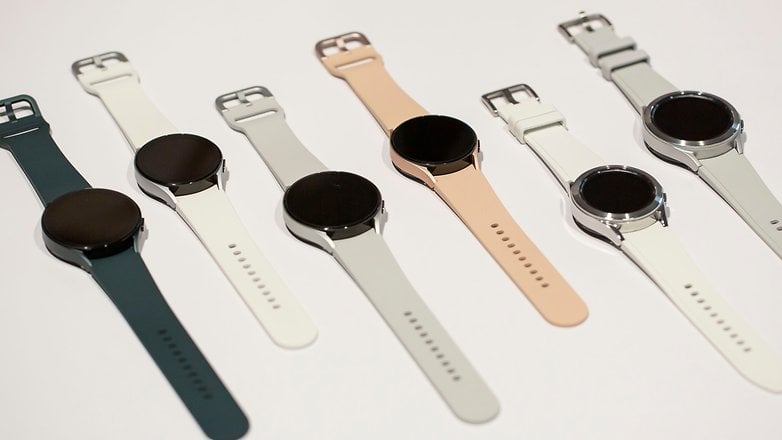
Sensor technology: Samsung ups the ante
Samsung has unabashedly upgraded the sensors in their latest generation smartwatches. Sure, a heart rate monitor, sleep monitoring, SpO2, and other sensors seem to be the norm these days in any decent smartwatch or high-end fitness tracker. Just like their predecessors, the Galaxy Watch 4 and Galaxy Watch 4 Classic are also capable of recording the wearer's blood pressure.
The accuracy of the classic blood pressure monitor used here is certainly not to be on par with a dedicated medical device, but it should be good enough to provide an early warning signal that you might actually suffer from a form of severe hypertension or hypotension, of which should be investigated further by a health professional.
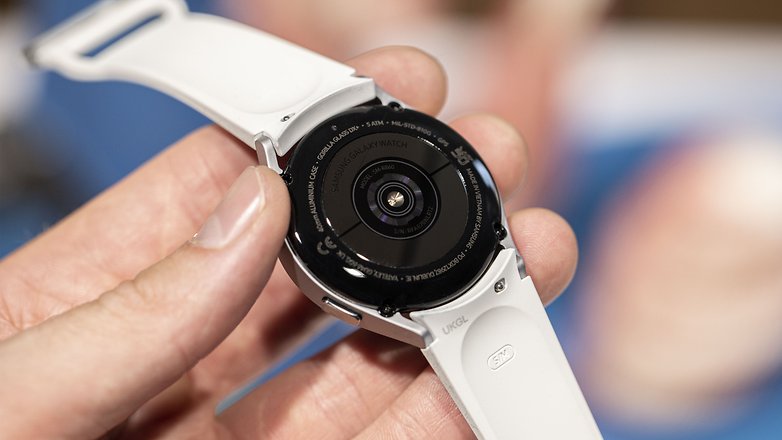
What's new compared to its predecessor, however, is the impedance sensor, which allows you to determine your body fat composition. In order to do this, all that you need to do is to place the two fingers on your other hand on the two buttons that are located on the right side of the case.
Similar to body fat scales, the Galaxy Watch 4 makes a reading that estimates your bone mass, water content, fat percentage, and other vital signs of your body or upper body section. Depending on your genetics and how your body distributes fat reserves between head and foot, this may or may not paint the most accurate picture. By the way, body fat scales without any hand sensors also suffer from a similar problem.
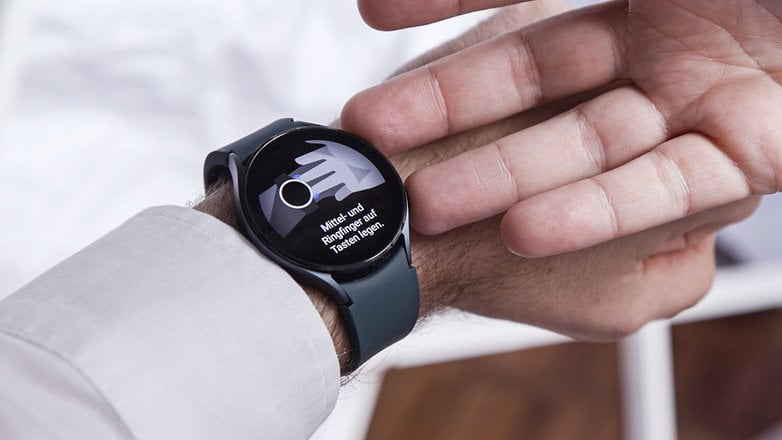
There's also a new trick when it comes to in sleep tracking, which can actually come in really handy at times. The Galaxy Watch 4 will not only detect whether you snore, but also records the sound that you make during your nightly rest. Stored as an audio file, why not use this as a prank message to others when you send them a file of your snoring to tell them (rather directly) that you're simply disinterested in whatever they are telling you? Alternatively, you can play the recordings to a doctor who might then be able to diagnose critical breathing problems - if any.
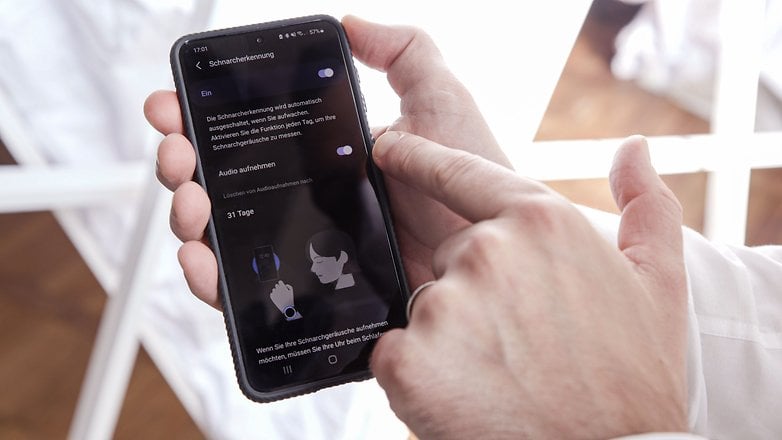
To round off the list of features and capabilities, Samsung has also included a slew of new training programs to help you get active and moving.

WTF is "One UI Watch 3.0 and Wear OS powered by Samsung?"
The Google I/O announcement of a joint wearable operating system from Samsung and Google (as well as Fitbit) raised more questions than answers. Over the past three months, the picture became clearer and clearer: In the future, Samsung smartwatches will run a variant of Wear OS on their smartwatch which will be known as version One UI - "F" Tizen.
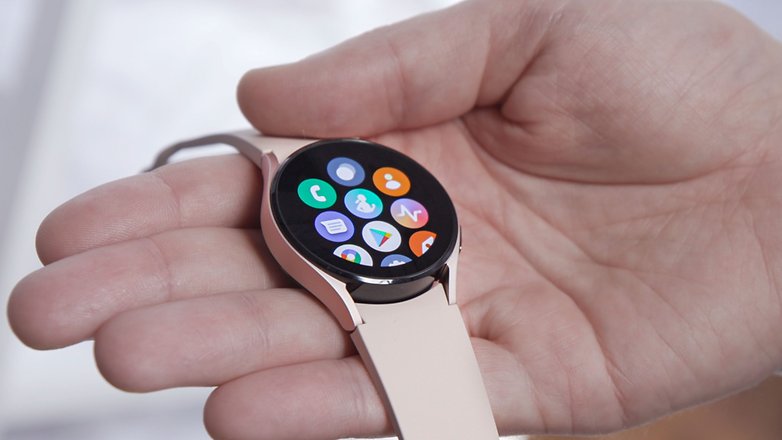
At first glance, then, not that much has changed with the switch to Wear OS. As mentioned right at the beginning, there's still the familiar crown controls from previous Galaxy Watches. However, the app drawer is no longer arranged in a circle, but rather, it is scrolled through vertically.
There's more good news for Google fans. You can now choose to use either Samsung Bixby or Google Assistant as your virtual assistants, while there is also integrated Samsung Pay and Google Pay support. Apart from that, you can also expect broad app support from the likes of Spotify to Google Maps. This is assuming an app that has been installed on your smartphone also has the equivalent of a smartwatch version, where the Galaxy Watch 4 will proceed with an installation automatically, now how about that?
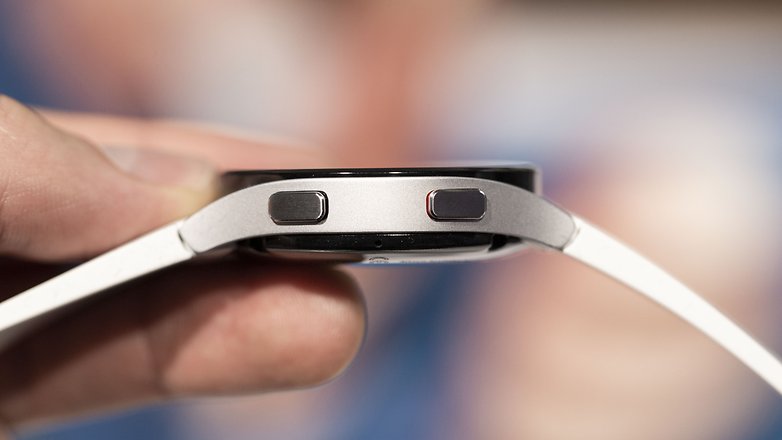
Speaking of automatic: The Galaxy Watch 4 is supposed to follow the footsteps of your smartphone settings. For instance, if the DND mode is activated, the watch will not annoy you with any alerts. Finally, there is a gesture control that has been tried out dozens of times and has rarely proved to be successful so far. You can accept or reject incoming calls simply by waving your hand. Does anyone out there at all use this? Hello? Identify yourself in the comments, if you will.
By the way, Samsung doesn't provide an update guarantee for its Wear OS devices like it does with smartphones. Oh yes, One UI Watch 3.0 won't be made available to older Galaxy Watches, too.
Performance and battery
Samsung has also upgraded the Galaxy Watch 4 and Watch 4 Classic in terms of processing power. Both models feature the new Exynos W920 which was manufactured using the 5 nm process. Along with that, there is double the amount of RAM, making it now stand at 1.5GB. The new hardware is said to improve computing performance by 20 percent. In terms of GPU performance, Samsung claims to see a 10 percent improvement.
The watch's internal storage stands at 16 GB, of which Samsung has dedicated around half of that for the system, leaving approximately 7.6 GB free for your apps and files. This means you can transfer a fair number of music tracks to the Galaxy Watch 4 and then go for your run without having to bring your smartphone along. And should you pick up the LTE version of the timepiece, and assuming your network provider supports eSIM, you can even make and receive phone calls whenever you are outdoors.
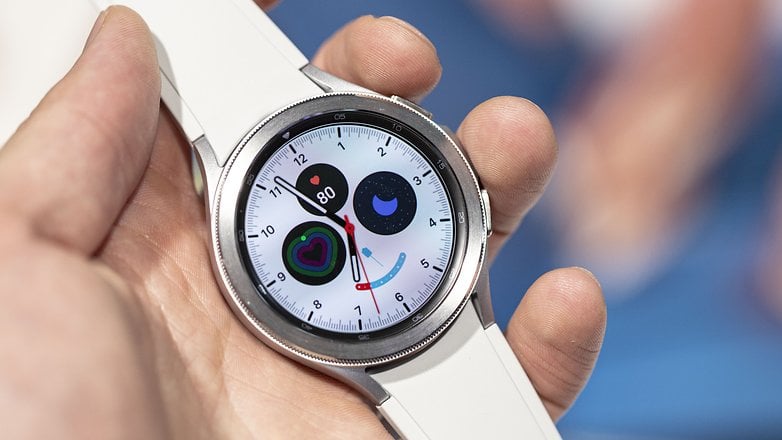
We have not yet been able to try out any of the final versions of the Galaxy Watch 4. Therefore, we were unable to pass judgment on this smartwatch generation yet. We are eagerly look forward to how the battery life performs in reality. Samsung promises 40 hours for the Galaxy Watch 4 series. This means it should be enough to be able to get through an entire day for the average person, although you might want to pack your proprietary charging cable for times when you will be away from a power source for a longer period of time.
The battery in the new Watch 4 series is supposed to be able to be fully charged within two hours via the Qi wireless charging standard. Unfortunately, Samsung did not specify the charging speed, and neither did they specify for which model this charging time applies to. Battery capacities range between 247 and 361 mAh depending on the model.
Early Verdict
All in all, it looks like Samsung has successfully made the leap from Tizen to WearOS without too much niggles. The interface looks well thought-out and is relatively similar to its older Galaxy Watch models. Finally, with this switch, users will benefit from even more freedom when it comes to service compatibility on the Watch 4 models.

When it comes to hardware, it looks like Samsung has left no stone unturned. Samsung is clearly ahead of the competition in many aspects, and at the same time, the South Korean conglomerate's latest smartwatch outing does not point to any glaring weaknesses according to our initial impression. We are curious about the performance of the Galaxy Watch 4 series smartwatches in everyday usage though, of which we will present soon in our detailed review at NextPit.
By the way, those who place a pre-order for the watch from now until August 26, 2021, will receive a credit of up to €150 in their Samsung Pay account.
